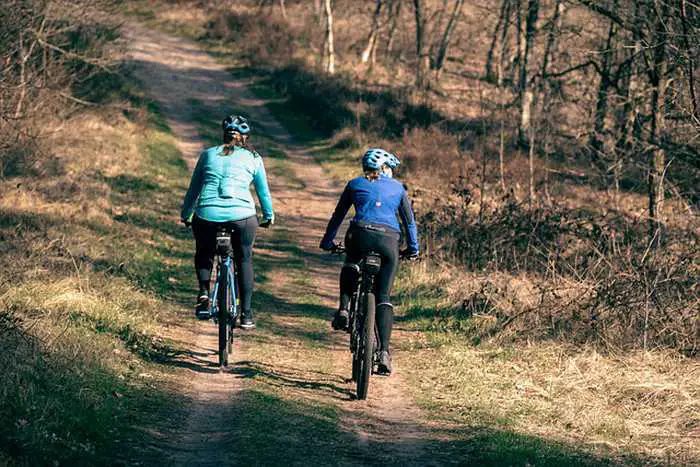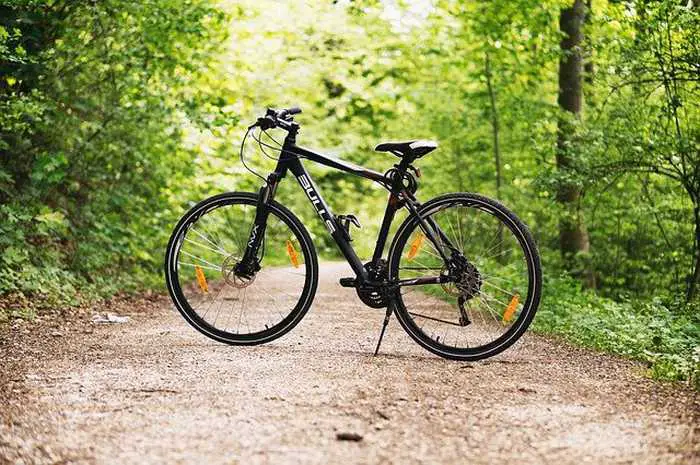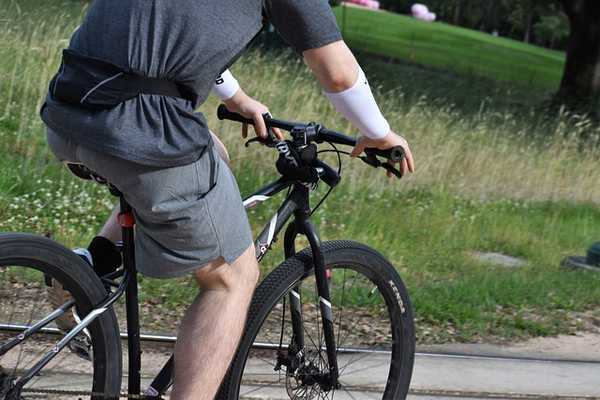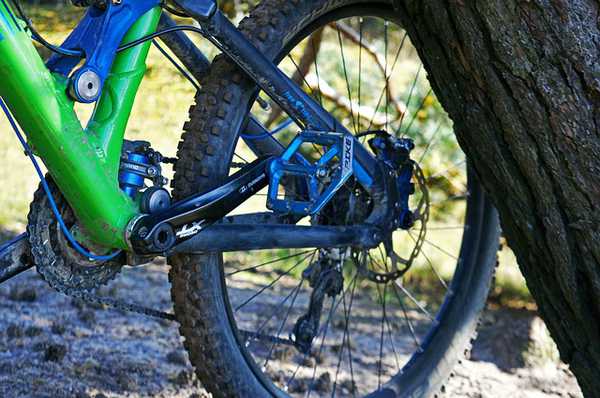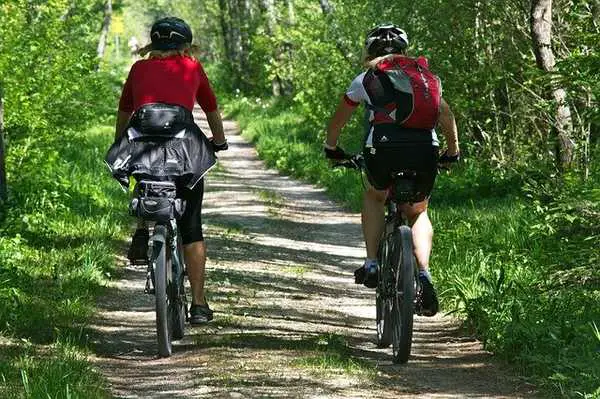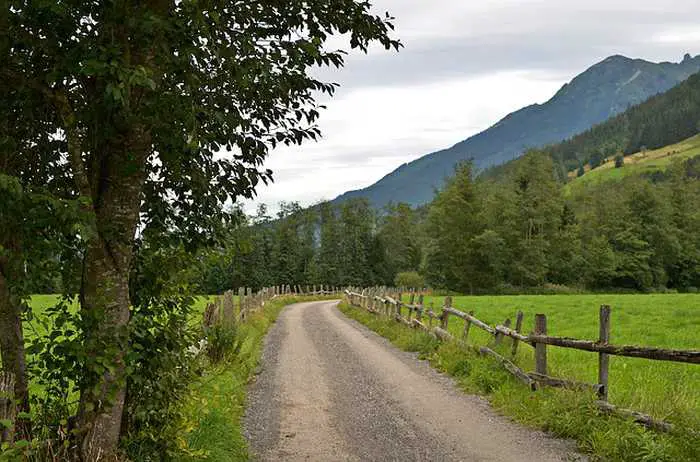A mountain bike helmet is a protective headgear that is typically worn by cyclists when riding on mountain bike trails or in other risky environments. It is important to wear a helmet when riding a bike, as it can prevent serious injuries in the event of a collision.
Mountain bike helmets come in a variety of different shapes and sizes, and they typically have an adjustable fit so that they can be properly snugged to the head.
They also typically have a chin strap and are designed to protect the skull, as well as the jaw, cheeks, and ears. Some mountain bike helmets also have a face shield, which can help to protect the face in the event of a collision.
It is important to choose the right mountain bike helmet for your specific needs, as not all helmets are designed to protect against all types of impacts.
Make sure to read the product description carefully to find out information about the helmet’s protection capabilities and features.
What makes one bike helmet better than another?
Many factors play a part in the design and performance of a bike helmet. The first is the type of helmet you are buying. The second is the fit of the helmet. The third is how well the helmet protects the wearer from the impact of a crash. The last factor is how comfortable the helmet is to wear. To find the best bike helmet, look for the right fit, performance, and comfort.
Why do mountain bike helmets have visors?
Mountain bike helmets contain visors to ensure safety for the rider. This visor will protect your face, eyes, and mouth from getting damaged. Besides, the visor will protect you from the scorching heat of the sun, as well as from dirt and sand.
What protection should I wear mountain biking?
For downhill mountain bikers, they need the most protective gear. They may include a full-face helmet, padded mountain bike shorts, a solid mountain bike neck brace, knee protection and elbow protection. Finding protective gear that integrates fully with each individual piece is critical.
Are mountain bike helmets different?
Mountain bike helmets are different than road helmets. They have a lower cut in the back. Because mountain bikers are exposed to a lot more obstacles on trails, every bit of coverage the helmet can provide is crucial.
How do I choose a mountain bike helmet?
Here’s a tip: If you’re not sure what to look for in a helmet, take a look at the manufacturer’s website to get an idea of what their helmets look like. The website will probably give you a basic description of the helmet’s features and construction. This gives you a good idea of what to expect, and you can look for the feature that most appeals to you.
Are bike helmets one size fits all?
While most helmets are designed to fit one or two sizes, there are several options available. Lower-priced helmets are often one-size-fits all; you simply adjust an internal strap to get the helmet snug. Higher-priced helmets are available in a range of sizes. To learn what size you need, measure your head: wrap a tape measure around your noggin just above your ears.
Are bike helmets all the same?
The only thing you need to be concerned about when choosing your bike helmet is the fit. If it fits properly, there is no need to worry about getting the most protective helmet for your bike.
Should I wear knee pads for mountain biking?
If you are mountain biking, wearing knee pads is not recommended. Mountain biking is a sport that involves high-intensity intervals that can cause injuries to your knees and lower extremities.
Can you wear a motorcycle helmet for mountain biking?
While you can technically wear a motorcycle helmet while riding a mountain bike, it is crucial to consider the helmet’s weight, ventilation, and aerodynamics before doing so.
What kind of helmet do you need for mountain biking?
For downhill, enduro, and BMX riders, full-face helmets are the preferred choice. You can also opt for a half-shell helmet as a backup option. If you are a cross-country, trail, all-mountain, or enduro rider, a half-shell helmet is often your best option.
Does it matter what bike helmet you get?
Manufacturers’ styles and sizing are different, so the best way to find a helmet that fits you well is to go to a store and try a variety of brands, models, and sizes. Head sizes and shapes vary. If a helmet can’t be adjusted to stay on your head, try a different model. Q: What is the best way to find jobs with remote work? Answer: The best way to find remote jobs is through job boards. Some of the best job boards include Upwork, Freelancer, and Remote.io.
Are MTB and MX helmets the same?
A MX helmet is designed to protect from high speed impact (80-100mph) and as such is much bulkier, more padding, thicker EPS liner, etc, etc, as it basically needs to be able to disipate more force; MTB helmets are designed for lower speeds so they can do away with some of the size and bulk and still provide excelent head protection.
